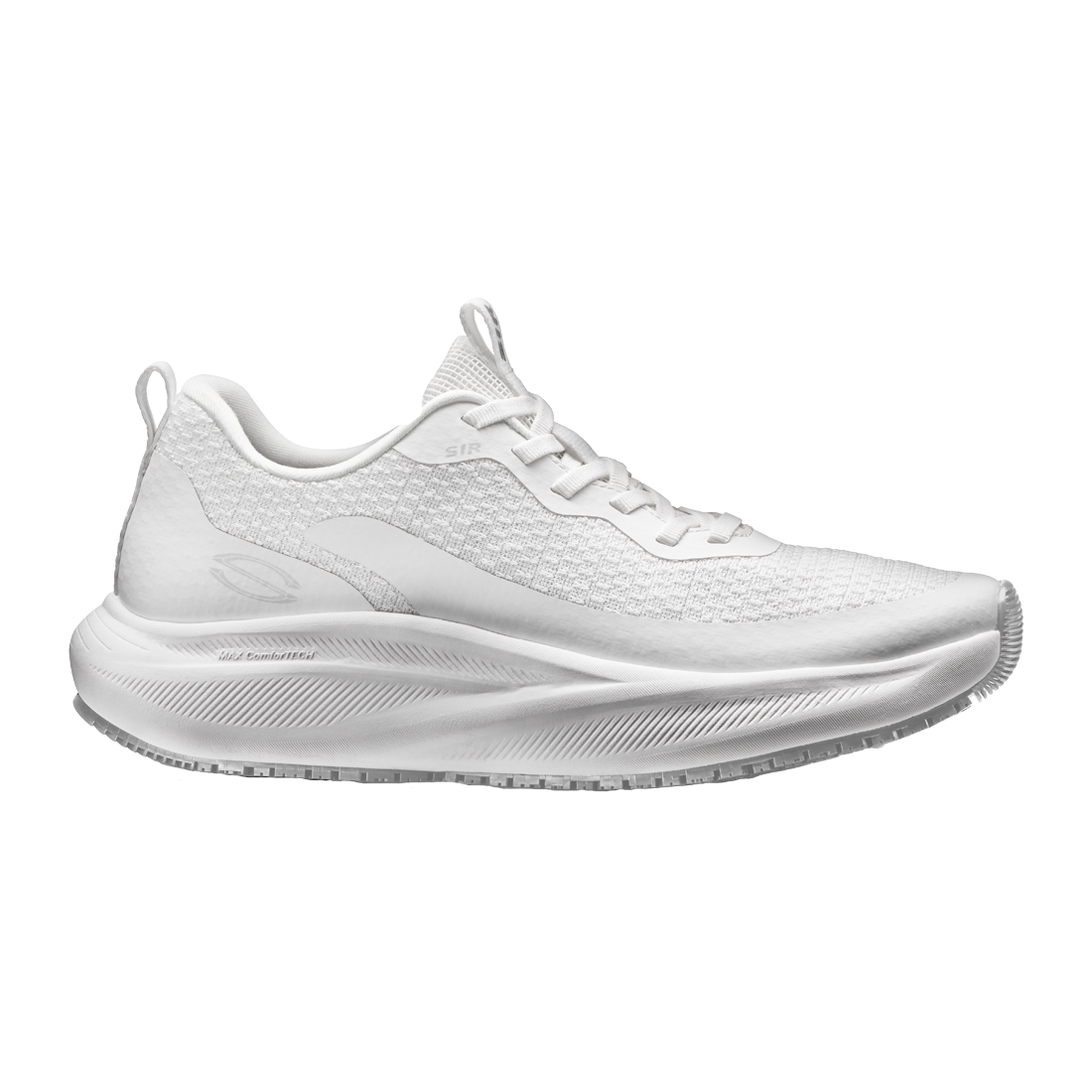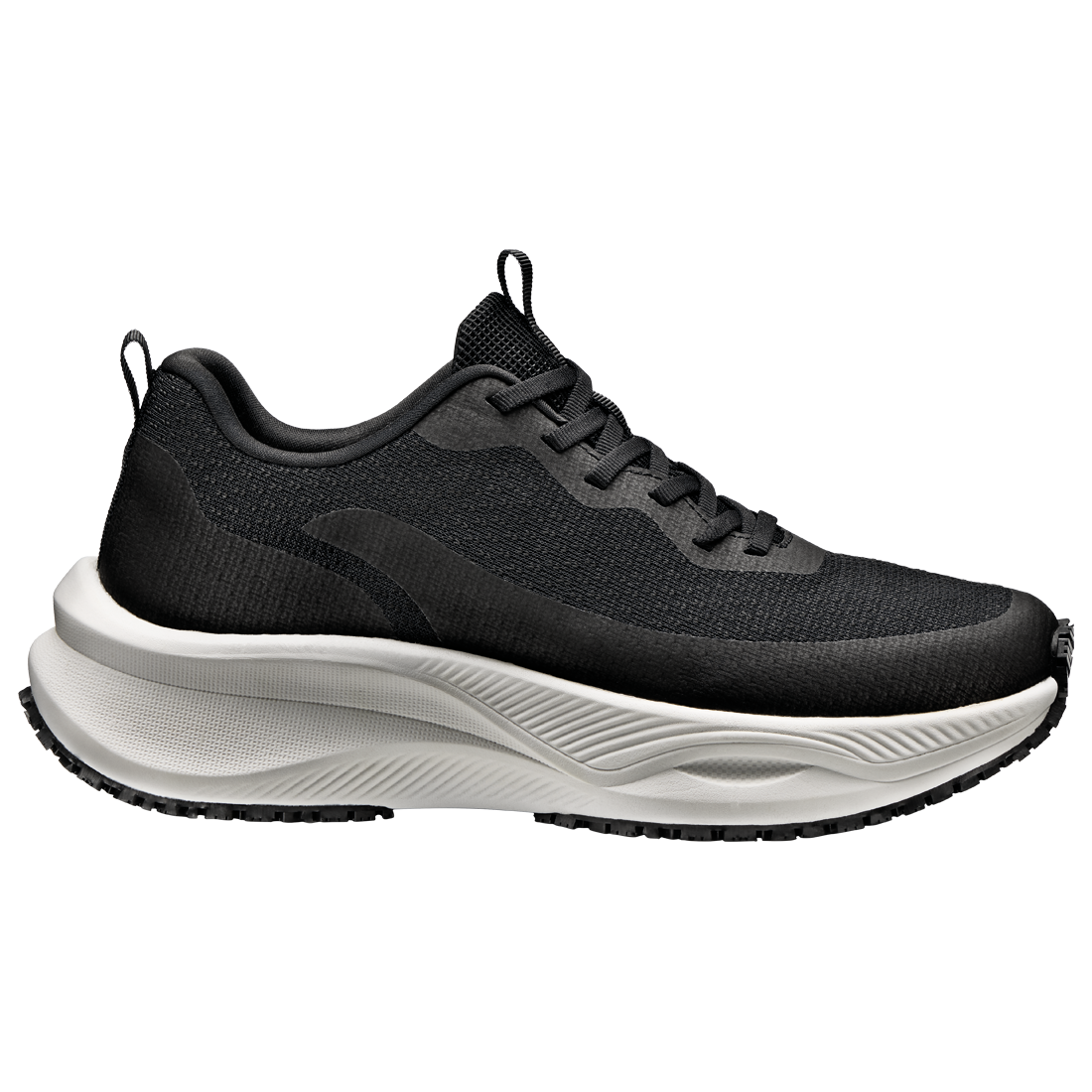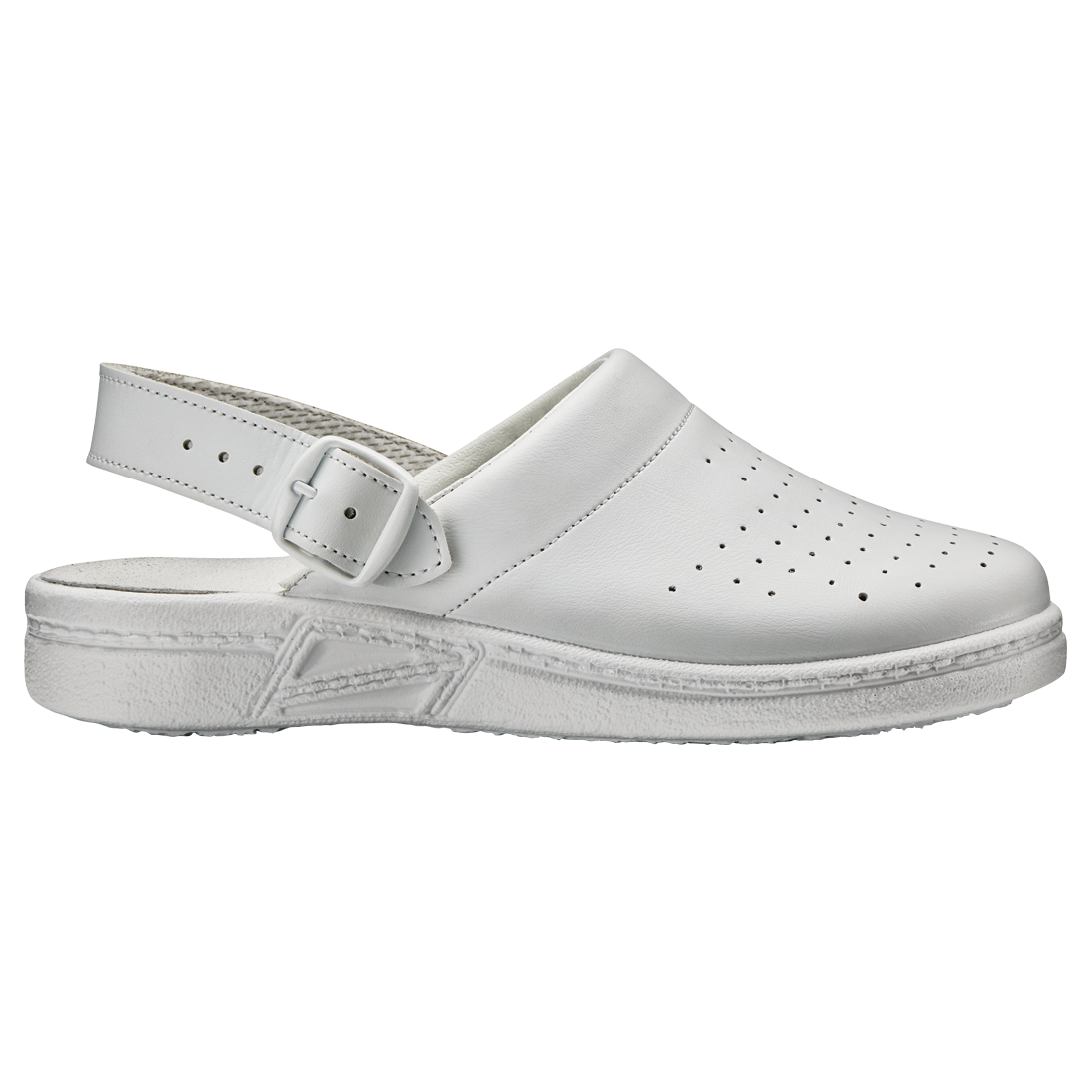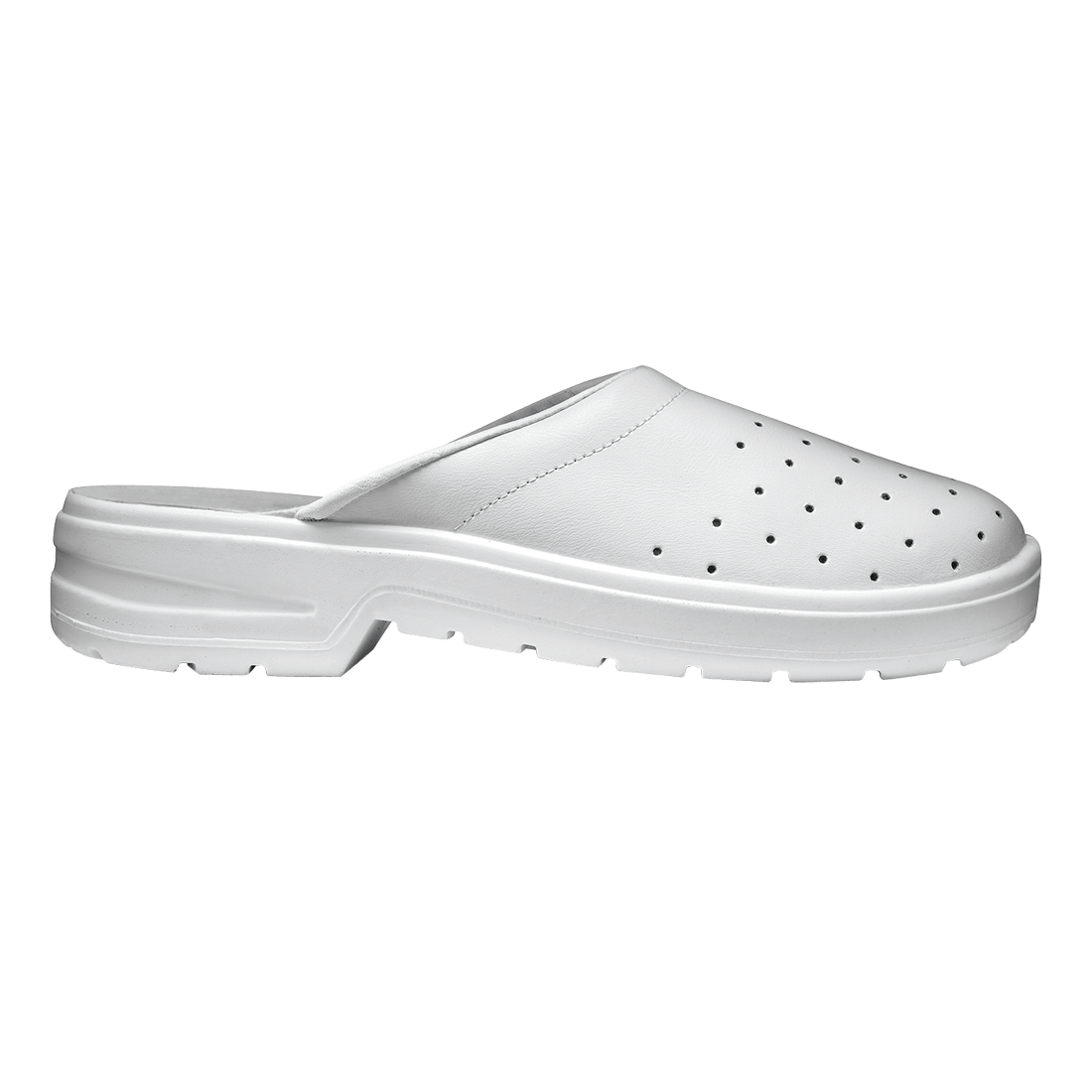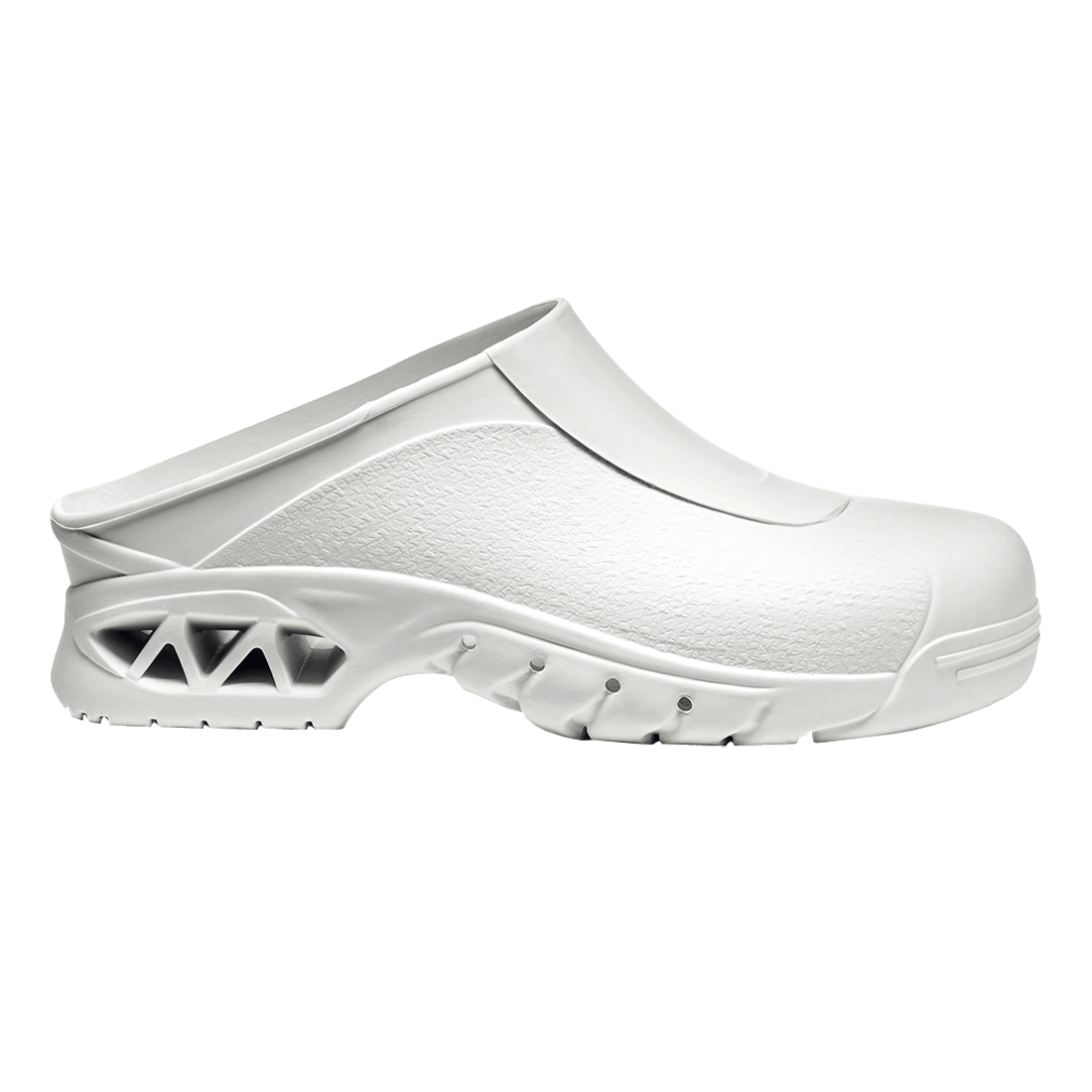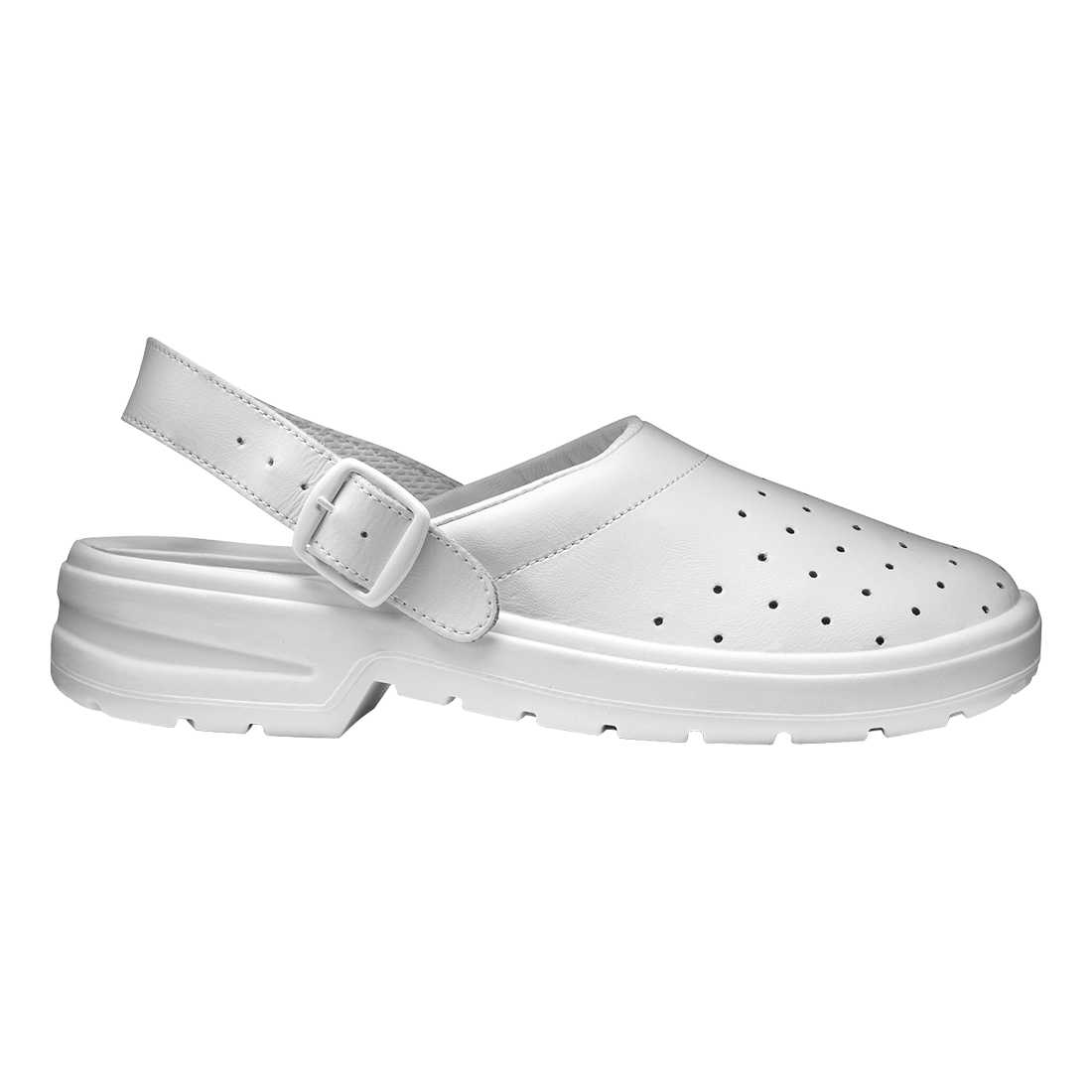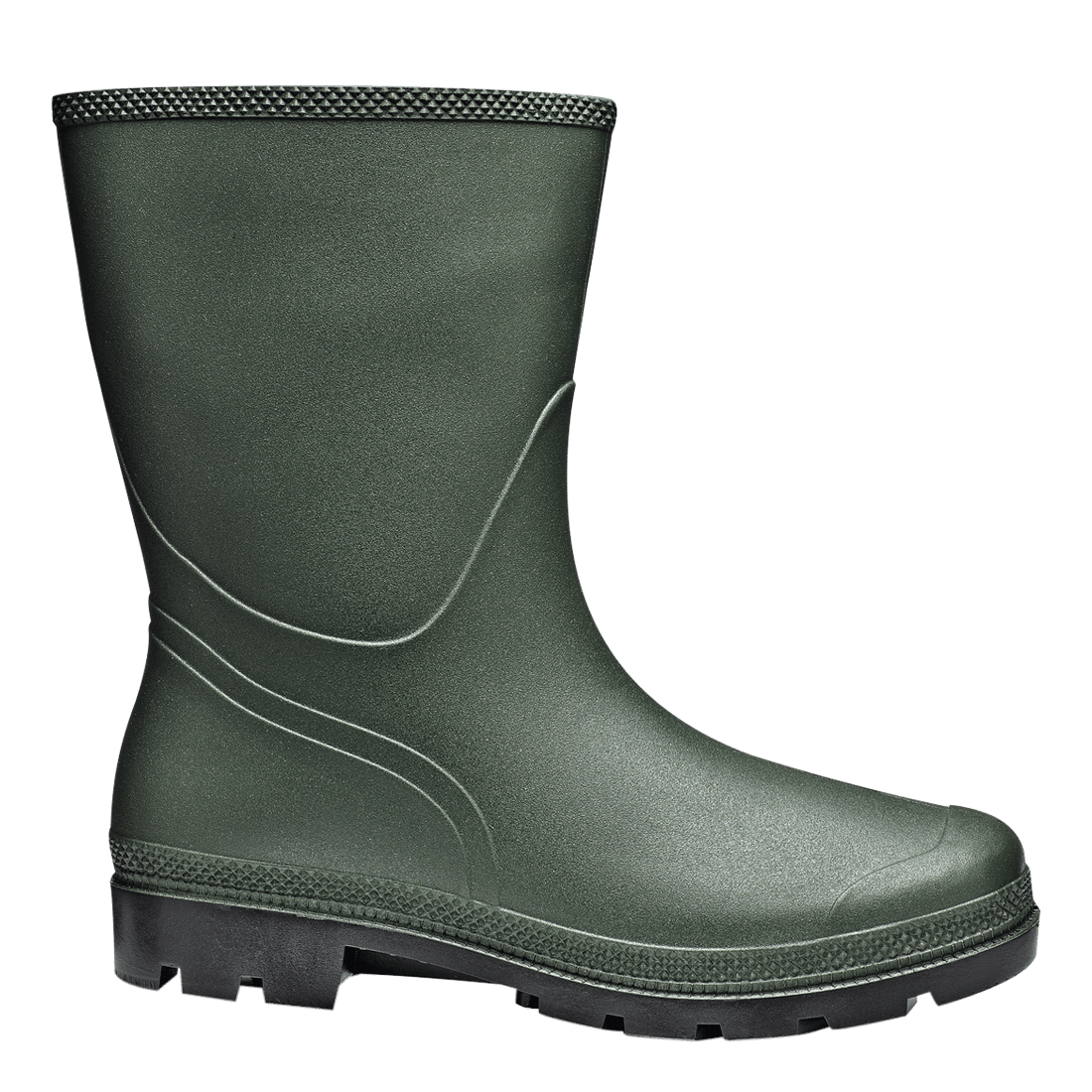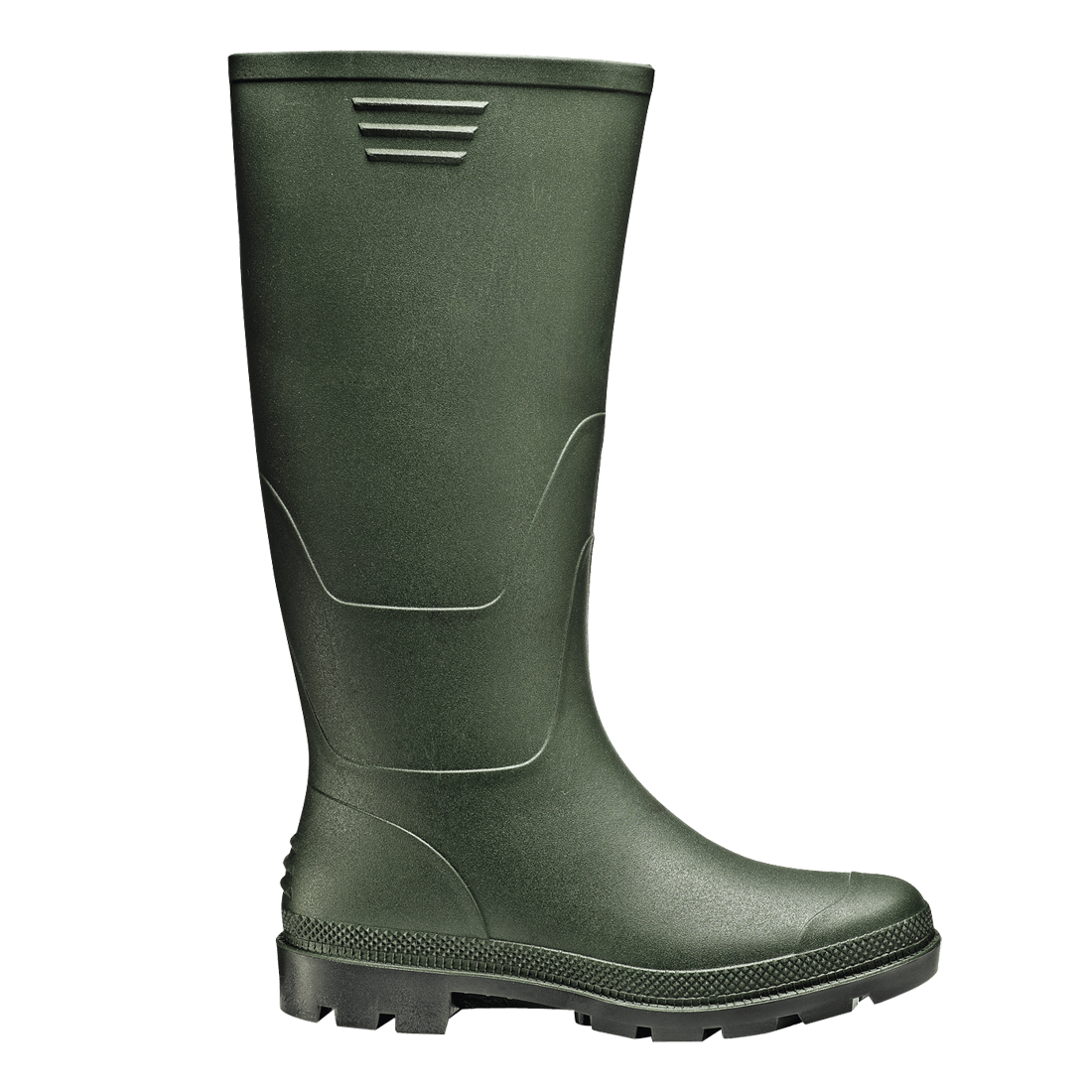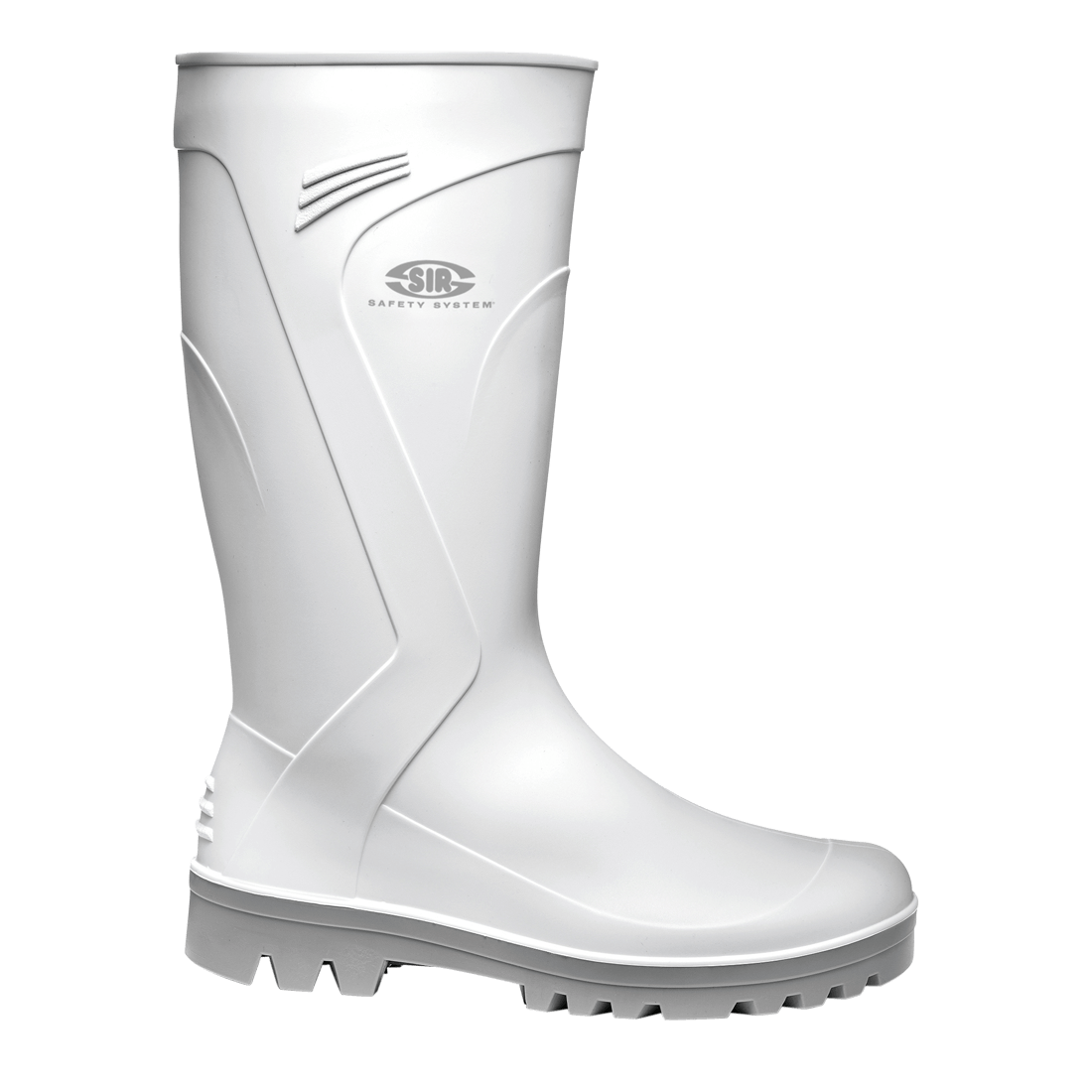Footwear for professional use is Personal Protective Equipment (PPE) designed and manufactured to protect the worker’s feet from various risks: mechanical (slipping, impact, compression, puncture, cut etc.), chemical (contact with hydrocarbons, mineral oils etc.), physical (moisture, water, heat, cold etc.) and electrical (antistatic properties, conductive properties etc.).
It is subject to the essential requirements set forth by EU Regulation 2016/425 for ergonomics, harmlessness, comfort and efficacy. The protective features of the footwear vary according to the specific needs of use. The selection of the right footwear for professional use depends on its protective features and on the risks in the workplace.
Available in a variety of materials, footwear for professional use is divided into two classes:
Footwear in leather or other materials, excluding shoes entirely in rubber or polymers (e.g., shoes with leather uppers and sole in polyurethane or rubber).
Footwear entirely in rubber or polymers (e.g., boots entirely in rubber or PVC).
Both classifications may also be divided into a further 3 types, based on the protection features:
Safety footwear fitted with protective toecap against impacts with energy up to 200 J or a compression load up to 15 kN (in compliance with European harmonized standard EN ISO 20345).
Protective footwear fitted with protective toecap against impacts with energy up to 100 J or a compression load up to 10 kN (in compliance with European harmonized standard EN ISO 20346).
Work footwear without protective toecap (EN ISO 20347).
All footwear for professional use must comply with some basic requirements concerning duration, comfort and harmlessness of the materials.
They must also assure slipping resistance with specific protection concerning the reduction of the slipping hazard on wet surfaces, divided into three levels:
SRA. Test carried out on ceramic floor covered with water and detergent.
SRB. Test carried out on steel floor covered with glycerine.
SRC. Both the tests described above (SRA + SRB).
In addition, supplementary protection may be required against specific risks (mechanical, chemical, physical and electrical risk), such as: antistatic properties, energy absorption in the heel area, sole resistance to hydrocarbons, water penetration and absorption through the upper, penetration resistance of the outsole, heat or cold insulation, metatarsal protection.
Finally, certain supplementary protection categories are set out which sum up the most common protective features, divided into several markings:
S1. includes closed heel area, antistatic properties, energy absorption properties in the heel area and sole resistant to hydrocarbons.
S2. like S1 + penetration resistance and water absorption through the upper.
S3. like S2 + puncture resistant outsole and deep sole grooves.
S4. like S1 (only valid for class II entirely rubber or polymer footwear).
S5 like S4 + puncture resistant outsole and deep sole grooves.
The protection features offered by the footwear can be understood from the markings on the footwear, providing the following indications:
marking;
shoe size;
manufacturer’s name or logo;
article code;
manufacturing date;
benchmark standard;
symbols and/or category of the protection offered.
Each pair of shoes also comes with an information note indicating the correct methods of use, storage and maintenance, cleaning and/or disinfection/decontamination, explanation of the marking and specific information for certain protection categories.
For specific risk situations, special footwear with specific additional protection is required. This includes footwear with cut protection from portable chainsaw, electrically insulating, for firefighters, ESD.
EN ISO 20347
Products for this standard



